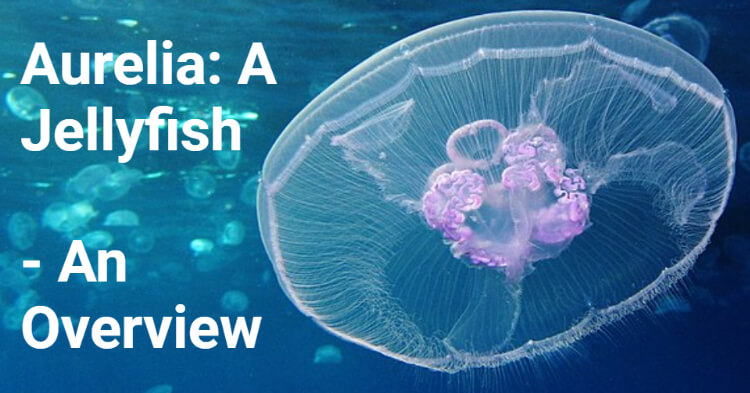Note
0.0(0)
Explore Top Notes Note
Note Studied by 64 people
Studied by 64 people Note
Note Studied by 26 people
Studied by 26 people Note
Note Studied by 5 people
Studied by 5 people Note
Note Studied by 5 people
Studied by 5 people Note
Note Studied by 4 people
Studied by 4 people Note
Note Studied by 34 people
Studied by 34 people
26.2 History of Life on Earth
5.0(1)
Chapter 2 - Transplantations and Borderlands
5.0(1)
Untitled
3.6(5)
Chapter 6 Language Communication and Belief
4.0(1)
Chemical bonds
5.0(1)
biology
4.3(4)
Aurelia (A Jellyfish)- An Overview
Aurelia is commonly referred to as jellyfish because it is made of a jelly-like substance. A jellyfish is not true fish which is a vertebrate animal with a backbone. It belongs to the class Scyphozoa of phylum Coelenterata. The most common scyphozoan jellyfish is Aurelia aurita (popularly known as moon jelly). It represents the dominant medusoid stage.
Systematic Position
Phylum: Coelenterata
Class: Scyphozoa
Order: Semaeostomae
Family: Ulmaridae
Genus: Aurelia
Species: aurita

Habit and Habitat of Aurelia (Jellyfish)
- It is cosmopolitan jellyfish occurring in warm and temperate seas ranging in temperature from 6-19ºc all over the world.
- It lives in coastal waters singly or in large shoals.
- It can live in waters with a salt content as low as 0.6%. Salt content and water temperature affect the shape, size, and reproductive strategies.
- They thrive best in waters with temperatures are above 17.5°C and salinity greater than 38.0%, largest.
- It ranges in depth between the epipelagic zone and the mesopelagic zone (200 to 1,000 m).
- It is found either floating with water currents or waves or swimming feebly by the contraction movements of its bell.
- It is carnivorous, feeds on small organisms with the help of its long oral arms.
- It responds to various stimuli and is most active in diffuse light.
Note
0.0(0)
Explore Top Notes Note
Note Studied by 64 people
Studied by 64 people Note
Note Studied by 26 people
Studied by 26 people Note
Note Studied by 5 people
Studied by 5 people Note
Note Studied by 5 people
Studied by 5 people Note
Note Studied by 4 people
Studied by 4 people Note
Note Studied by 34 people
Studied by 34 people
26.2 History of Life on Earth
5.0(1)
Chapter 2 - Transplantations and Borderlands
5.0(1)
Untitled
3.6(5)
Chapter 6 Language Communication and Belief
4.0(1)
Chemical bonds
5.0(1)
biology
4.3(4)